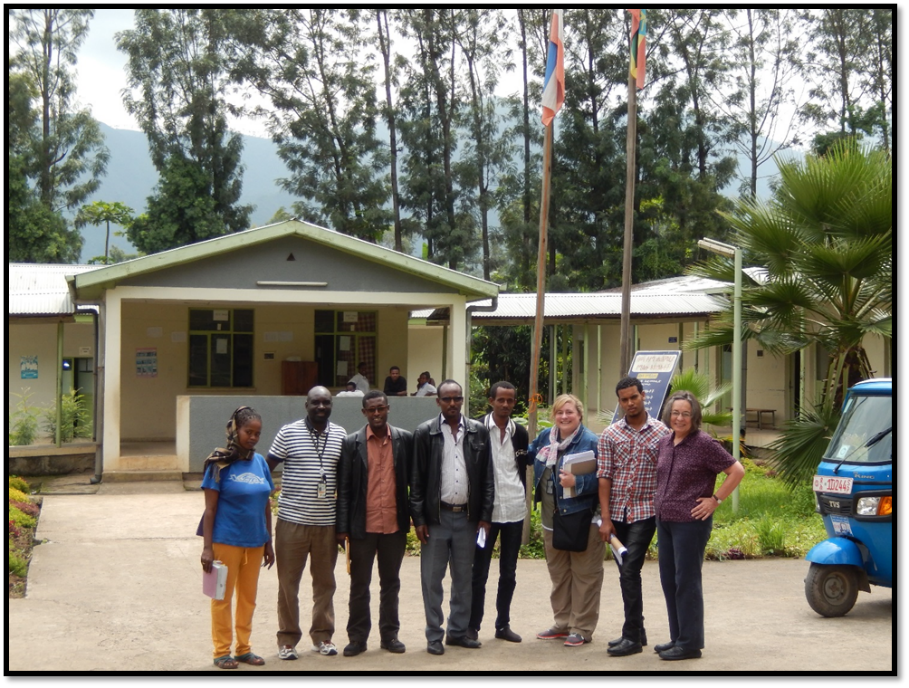Improving National Surveillance and Response Systems One Country at a Time
The Bottom Line
THE CHALLENGE: Public health managers and decision makers needed a system to carry out timely detection and response to public health threats.
THE SOLUTION: CDC, in collaboration with WHO/AFRO and other partners, piloted an IDSR evaluation tool to improve health threat detection and response abilities.
Ethiopia agreed to test the tool and is using findings from the evaluation to improve its surveillance.
Ebola taught us how easily a deadly disease can spread worldwide if there are no effective surveillance and response systems to detect and control disease outbreaks at the source.
Since that historic Ebola outbreak in West Africa in 2014, the World Health Organization Regional Office for Africa (WHO/AFRO) made it a priority to improve the Integrated Disease Surveillance and Response (IDSR)—a public health model that helps countries improve their surveillance and response systems. Ethiopia took the lead to test an IDSR evaluation tool developed by CDC’s Division of Global Health Protection, with technical assistance from CDC’s Center for Global Health and WHO/AFRO. The tool assesses five key points to understand a public health system and identify problems.
Putting Results in Action
In May of 2016, national and international experts used the tool to evaluate 13 sites across the country to document key elements of disease surveillance in Ethiopia, and provide up-to-date information and recommendations for improvements. Since then, the Ethiopia Public Health Institute (EPHI) has been acting on the evaluation’s findings. Public health officials have since addressed identified gaps, and EPHI is now providing training to health workers in data management, public health emergency management, and rapid response. These improvements serve as the baseline for future enhancements to Ethiopia’s surveillance and response activities.
“Improved public health surveillance has helped Ethiopia to detect outbreaks early, respond promptly, and minimize the health, economic, social, and political impact of public health emergencies,” said Zewdu Assefa Edea, MPH, EPHI, a resident in the Ethiopia Field Epidemiology and Training Program (EFETP).
Next steps
EPHI plans to expand the assessment to all regions in Ethiopia. Current revisions will serve as the baseline for further improvements in Ethiopia’s surveillance. Additionally, Ethiopia’s experiences with the new IDSR evaluation will act as a guide for other countries to increase their ability to improve global health security.
About this Story
CDC’s Division of Global Health Protection is working with 31 priority countries to develop global health security capabilities, which protect Americans and people around the world from disease threats. This story illustrates Ethiopia’s commitment to:
- Real-Time Surveillance: Launching and strengthening global networks of disease-surveillance systems that quickly detect outbreaks and assess risks.
This evaluation is a partnership between CDC, WHO/AFRO, EPHI, CDC/Ethiopia, USAID, and the Western Michigan Evaluation Center.

The evaluation team at the Washa Health Center, Southern Nations Nationalities and Peoples Region of Ethiopia
- Page last reviewed: August 6, 2017
- Page last updated: August 6, 2017
- Content source:
Global Health
Notice: Linking to a non-federal site does not constitute an endorsement by HHS, CDC or any of its employees of the sponsors or the information and products presented on the site.


 ShareCompartir
ShareCompartir